Cybersecurity
We bring enterprise Managed Services to non-enterprise customers
Cybersecurity & Disaster Recovery
Three pillars of Cybersecurity protection that keeps your Network in Shape
These three technologies are very significant individually, each playing a crucial role in network security. However, when integrated into a unified solution, they form a robust defense system that substantially increases the likelihood of withstanding and recovering from a cyber attack. This synergy allows the combined solution to leverage the strengths of each technology, mitigating their individual weaknesses and creating a multi-layered security approach that is far more effective than any of the technologies deployed in isolation.
Our affordable, enterprise-level services bring the power and efficiency of large-scale operations to smaller businesses, providing you with a competitive edge and fostering sustainable growth.
Virtualization
Benefits of Virtualization:
- Cost Savings: By running multiple virtual machines (VMs) on a single server, you can significantly reduce hardware costs and energy consumption.
- Scalability: Easily add or remove VMs to adapt to your business’s changing needs.
- Business Continuity: Safeguard your operations with multiple tier backups that ensure quick data and application recovery in case of a disaster.
- Flexibility: Seamlessly move VMs between servers and data centers to respond to evolving requirements.
How Does it Work?
The Future of IT
Cybersecurity
Our cybersecurity partner distinguishes itself as a select global entity, offering services to both small businesses and large enterprises.
As a Trend Micro partner we provide all layers of cybersecurity protection:
- EDR – endpoint detection and response
- XDR – extended detection and response, with endpoints isolation
- Email security / Cloud App security – direct integration with Google Workspace and Office 365
- Impersonation protection for high profile users
- ASRM – Attack Surface Risk Management – endpoints continuous monitoring with individual LIVE risk assessment – ASRM is a pillar for Cyber Insurance Underwriting
- CREM – Cyber Risk Exposure Management
ASRM incorporates NDR (Network Detection and Response), EDR (Endpoint Detection and Response), Cloud Security and MDR (Managed Detection and Response). Together they deliver a solution that Transforms Cyber Insurance Underwriting.
CREM incorporates EM (Exposure Management), ASM (Attack Surface Management), EASM (External ASM), VRM (Vulnerability Risk Management), APA (Attack Path Analysis), SPM (Security Posture Management for: Cloud, SaaS, Data, AI, API, Identity), CRQ (Cyber Risk Quantification)
Cyber Risk Exposure Management is our proactive cyber risk solution, proactively uncovering, assessing, and mitigating threats to reduce your cyber risk footprint. It changes the narrative from a reactive to proactive approach to security.
Some Key benefits are:
- Unified experience for better understanding of your customer’s cyber risk posture
- Centralized visibility across identities, devices, cloud, APIs and more
- Continuous risk assessment to prioritize and mitigate risks in real time
- Predict and neutralize threats before they have a chance to materialize
- Optimize compliance and security configuration with risk-based insights
By embedding ASRM into the underwriting process, insurers can:
- Provide more accurate premium pricing: Real-time visibility into an organization’s security posture allows for risk-adjusted premiums based on actual exposure rather than static assessments.
- Reduce claims frequency and severity: Encouraging the adoption of advanced security technologies mitigates the likelihood of breaches, directly impacting the insurer’s bottom line.
- Enhance policyholder trust: Organizations that invest in ASRM demonstrate a commitment to cybersecurity, fostering stronger relationships with insurers.
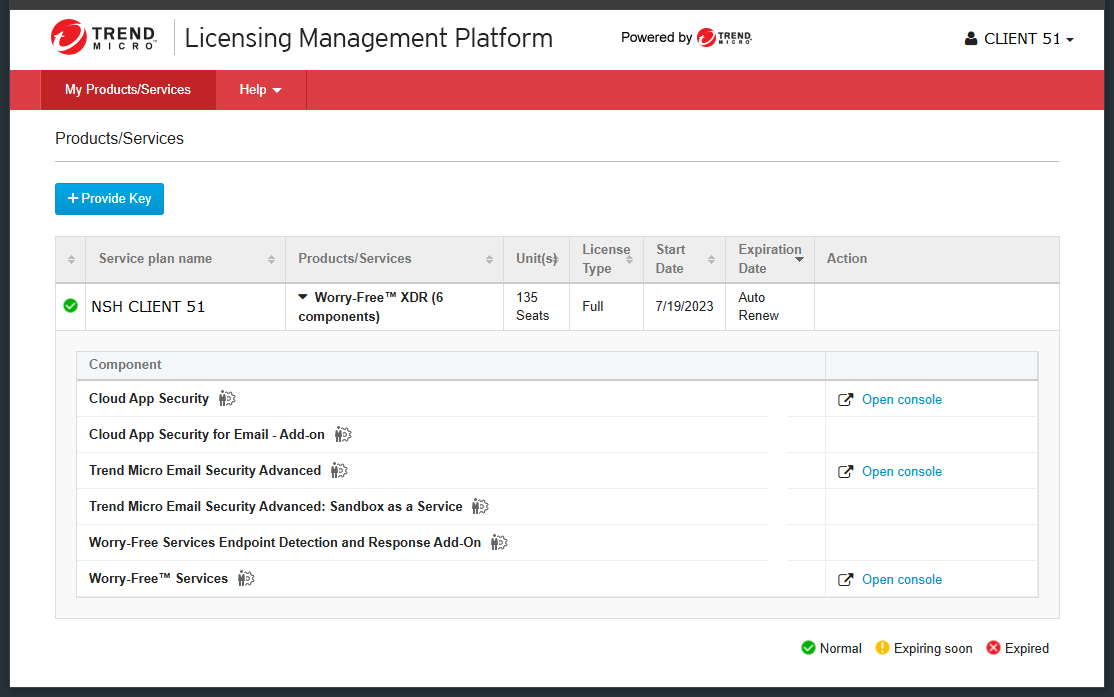
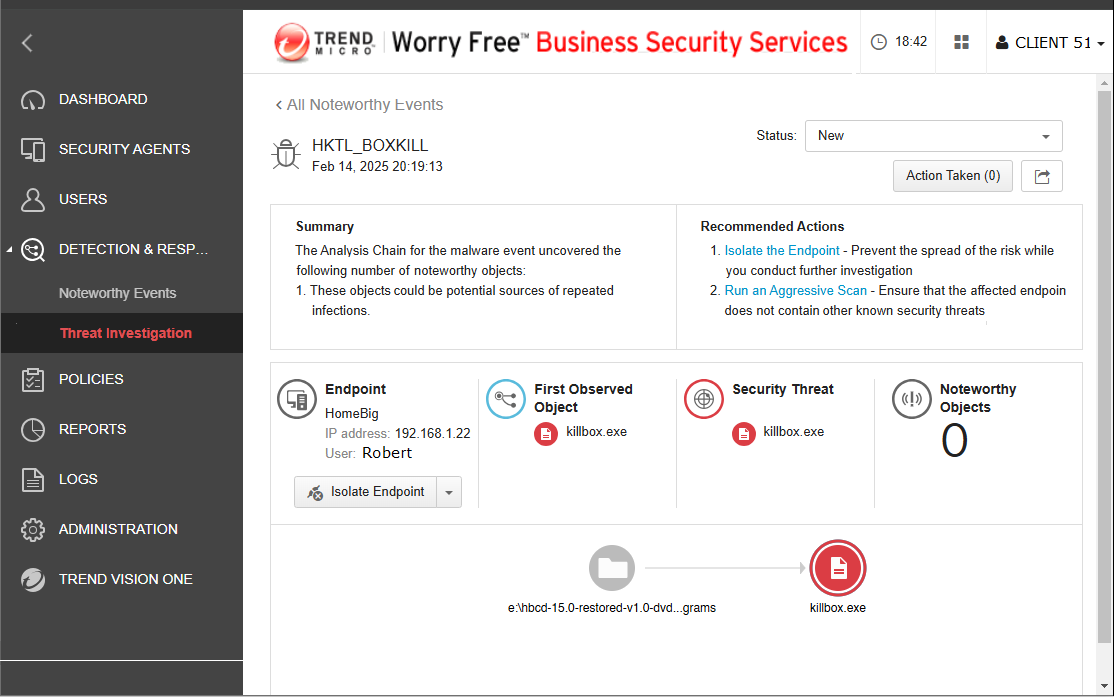
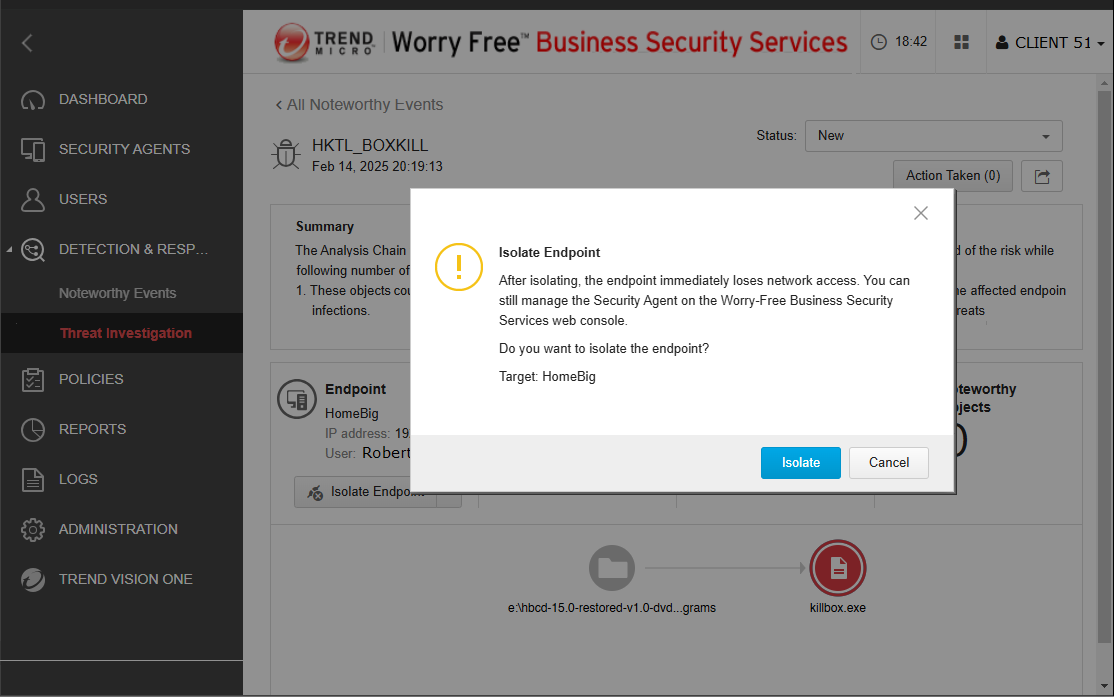
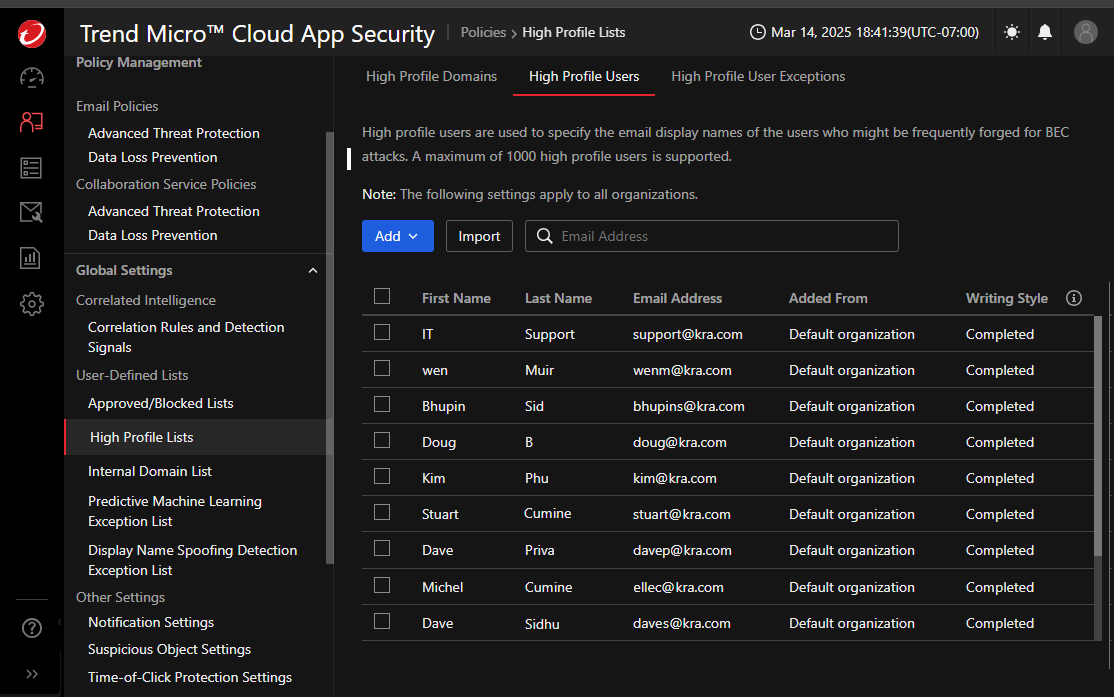
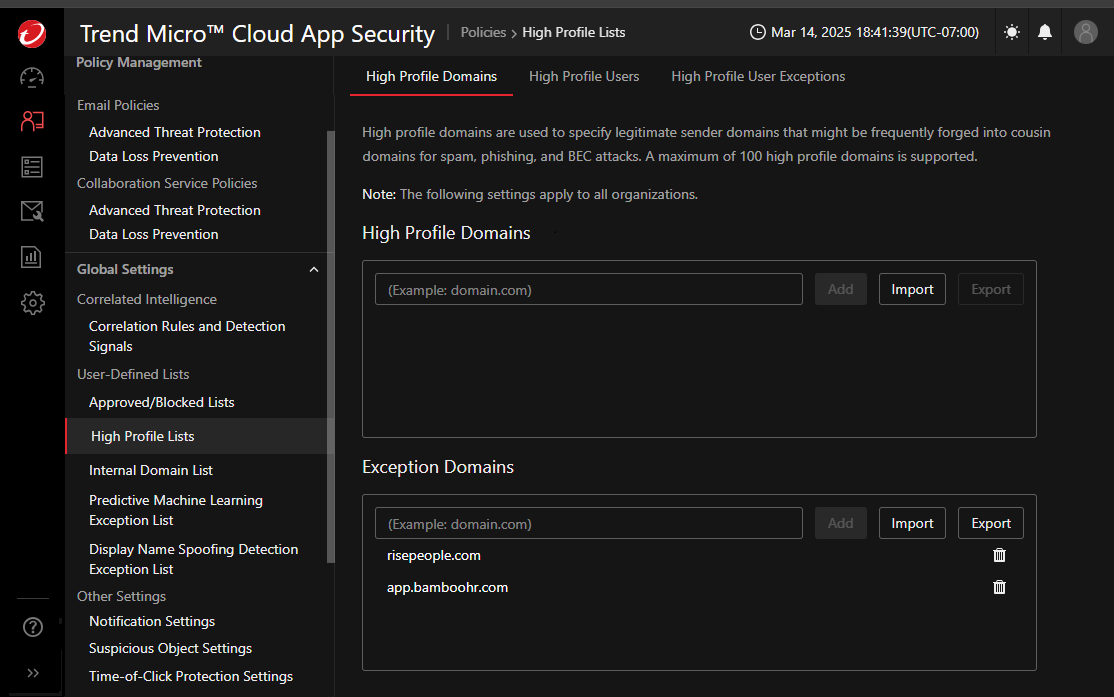
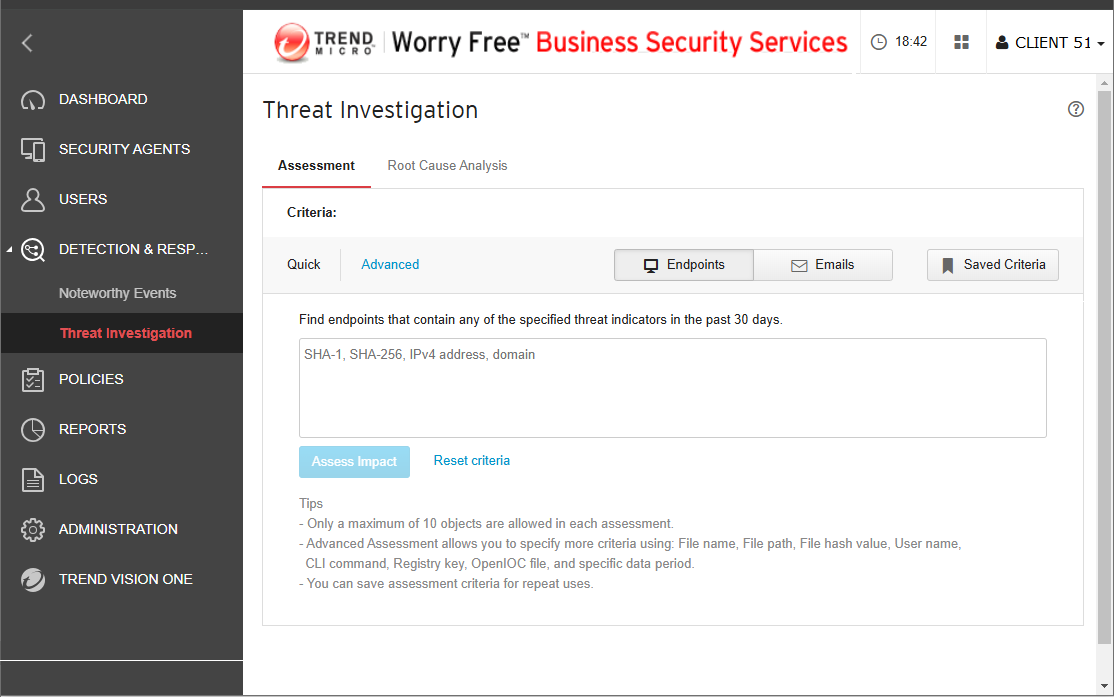
ASRM Explainer Video
Trend Vision One
ASRM Actionable Insight Demo
Attack Surface Risk Management
Disaster Recovery
Best practices require a disaster recovery plan that has a minimum of three different backups on two different repositories, one of which is offsite.
Depending on each client’s needs, we can perform some or all of the backup solutions below, going beyond minimum recommendations in safeguarding your data and business continuity.
Types of backups we perform:
- File Server backups to local repositories
- Virtual Machine backups to local repositories
- Virtual Machine backups to cloud repositories
- Endpoint backups to cloud repositories
- Google Workspace cloud backups for Accounts and Google Shared Drives
- Office 365 cloud backups for Accounts, One Drive and Sharepoint
Cloud repositories for Google Workspace, Office 365 and Endpoints retain backups for up to a year or indefinitely and are immune to cyberattacks on your network as there is no direct link between the two. Once written, the backups on the cloud repositories are read-only so they cannot be altered.




